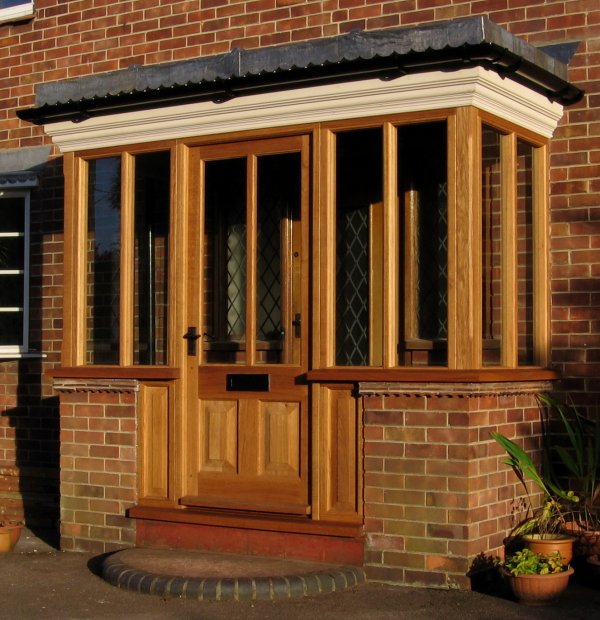I was trying to figure out how to make a box so not to interrupt the grain between box itself and lid.
The best I could think of was parting the lid with a very thin tool and turn a tube like insert separately, to fit the box or the lid. I will give it a go as soon as my wood is dry enough not to move too much.
Is there any other way?
I thought of using magnets, but it's not too elegant I think.
Thanks!
Aldo
The best I could think of was parting the lid with a very thin tool and turn a tube like insert separately, to fit the box or the lid. I will give it a go as soon as my wood is dry enough not to move too much.
Is there any other way?
I thought of using magnets, but it's not too elegant I think.
Thanks!
Aldo







































